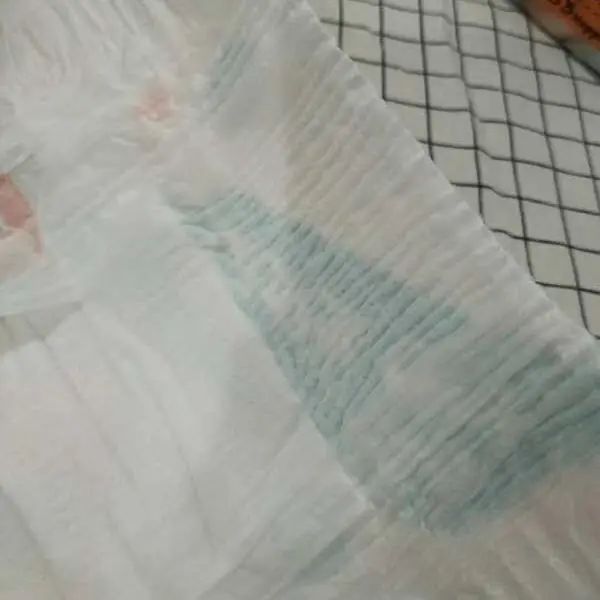Baby pants made of silk/ES non-woven fabrics needs to be subjected to performance analysis before formal production. Relevant properties of nonwovens include: nonwoven structure, pilling, basic properties (thickness, surface density, tensile properties, breathability), liquid permeability (liquid penetration time, rewet amount), comfort (contact Cold and warm, bending properties, fabric compression properties in the thickness direction) are strictly screened to produce a satisfactory baby pants. Here are a few results from its performance analysis.
The breaking strength of nonwovens with the same areal density has the same trend of changing with the number of spunlace passes.
The number of spunlaces increases the entanglement between fibers. When the spunlace number is too large, the water will damage the fibers, especially the silk ES nonwovens, and the bonding points of the lower ES fibers will be damaged by the water needle. This phenomenon can be explained by the fracture mechanism of nonwovens. A nonwoven material can be viewed as a collection of fiber bundles, consisting of fiber bundles in two states: non-entangled fiber portions and entangled and hooked knots. When the strip of spunlace nonwoven is stretched on a strength machine, the unwound portion of the stretched fiber is first gradually straightened from the bent state. In the process of straightening, the fibers will generate a force perpendicular to the stretching direction, that is, a force, which makes the fibers squeeze each other due to stretching, and increases the friction and cohesion between the fibers. At this time, if enough force can be generated between the fibers collected by stretching to hold the fibers, the self-locking phenomenon of fiber movement will occur.
When the fibers are squeezed tightly against each other and the non-wound parts are basically straightened, with the increase of the tensile load, the fibers slide relative to each other, the hook structure begins to be damaged or broken, and the fiber bundle gradually becomes thinner. When the entangled and hooked structures are all destroyed or the fibers are gradually broken, the fiber bundles are broken and disintegrated.
In addition, stretching significantly bends the fiber bundles that are not affected by the tensile load (ie, the fiber bundles perpendicular to the stretching direction), causing the fibers in the entire bar system to rub against each other due to the stretching, and the stretching force of the system increases. During the stretching process, the strip structure of the silk spunlace nonwoven is deformed and the filament winding structure is gradually disintegrated, resulting in a certain force. The fibers of the entire strip system approach from both sides to the middle, and the strip waist deforms and gradually becomes thinner. After a fiber bundle is broken, the tensile load continues to be distributed on the other fiber bundles. The silk spunlace nonwoven breaks when the fiber bundles break one by one.

Air permeability test principle: Air permeability is usually measured by air permeability under certain conditions. Breathability is essentially the process of flowing from the high pressure side to the low pressure side under the differential air pressure on both sides of the nonwoven.
Assuming that the air pressures on both sides of the nonwoven material are P, and Pz, respectively, and PI>P, the air flows through the material from left to right. The size of the air flow through the non-woven material is related to the pressure difference on both sides of the material (P-Pz) and the air permeability of the material. If the pressure difference across the material is kept constant, the air flow of the material is only determined by the air permeability of the material itself. The better the air permeability of the non-woven material, the more air will pass through per unit time; the worse the air permeability of the non-woven material, the less air will pass through. Therefore, under the condition of maintaining a certain pressure difference, the air permeability of non-woven materials can be calculated by measuring the air flow per unit time. The greater the air permeability, the better the air permeability of the nonwoven fabric; conversely, the air permeability is not good.
The above analysis is based on the basic performance relationship. For silk baby pants, by analyzing in advance, it is possible to avoid detours in the production process and produce qualified finished products.
Comment(0)
You can comment after
SIGN IN